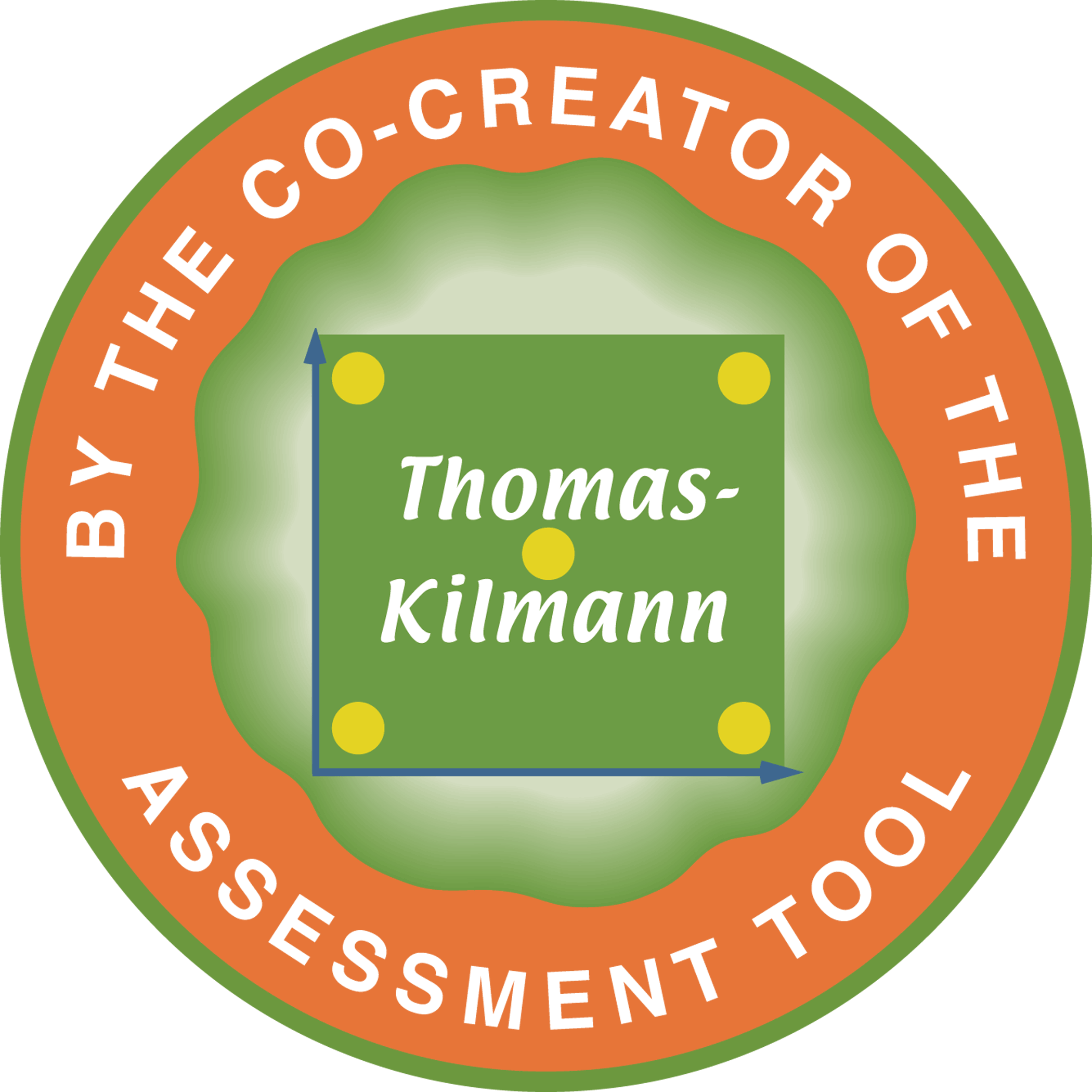08 Jan Bringing More Discussions About Mental Health into the Workplace
Ralph H. Kilmann, co-author of the Thomas-Kilmann Instrument (TKI)
In most organizations, there usually is a silent, rarely discussed set of CULTURAL NORMS (also called “rules of the road” or, more simply, “how we do things around here”). These actual norms of behavior can significantly discourage members from discussing their mental health challenges with their colleagues, including anything having to do with their anxieties, fears, doubts, traumas, nightmares, illnesses, addictions, etc. that interfere with their sleep, concentration, well-being, and happiness.

Some of the ACTUAL cultural norms that support the silent taboo about what should not be shared in the workplace include: Be careful what personal information you share with other members, since they may use that information against you; don’t talk about what makes you anxious, since no one really wants to know; if you’re seeing a therapist, counselor, coach, or other kind of mental health professional, keep it to yourself, so you don’t appear to be crazy or mentally ill to your colleagues at work; certainly, don’t let your boss know that you have doubts, fears, or anxieties about the work or your future in the organization, since that might affect your next work assignments and your upcoming performance appraisal.
Obviously, if such ACTUAL culture norms are truly present in an organization, department, or work group, it is unlikely that people will share their inner dynamics and personal challenges with one another, which will make it more difficult to fully engage the membership and also provide a setting where people can learn more about themselves and thereby contribute all their amazing passion, wisdom, and talent to help the organization achieve long-term success.
As such, senior management (or at least the manager of any particular department or work group) must begin the conversation by encouraging members to share their experience of the ACTUAL CULTURAL NORMS that are rarely written down or discussed out loud, but clearly affect everyone’s behavior. But when the managers give their members the invitation (in a safe setting for an open and candid discussion) to list the ACTUAL cultural norms that are currently discouraging the full involvement of members in the workplace, there is usually a lot of similarity (and laughter) when those previously unspoken norms are brought out into the open for everyone to see. Indeed, if the managers begin the sharing process, they then set the best example for their direct reports — which makes it much easier for everyone to contribute to that atypical discussion.
Then, the managers ask their members to list the DESIRED cultural norms that would result in bringing more of every person’s self and passion into the workplace, which typically results in a list that’s 180 degrees different from the first list of actual norms.
In particular, here are some of the DESIRED cultural norms that are often suggested: Take the chance of sharing who you really are, what concerns you, what life is really like for you, including any mental health challenges that you have experienced in coping with our increasingly challenging and chaotic times; encourage your colleagues to share more about themselves, so you can get to know them better, which will improve how you then work together to achieve the group’s objectives; when members share personal information about themselves, treat such information as personal and confidential, with all the respect and admiration that is deserved from such personal disclosures in the workplace; share what approaches you have used to address your mental health challenges, which have anything to do with fears, anxieties, doubts, stresses, disappointments, and traumas that have affected your life and how you conduct yourself in the workplace.
The difference between the ACTUAL and the DESIRED cultural norms produce CULTURE-GAPS. It is these identified GAPS that must now be closed in order to create a culture in the workplace that is more likely to respect the whole person, which then allows each member to bring all of themselves into the organization’s mission. The managers and the members then proceed to discuss how to CLOSE those CULTURE GAPS, which is made so much easier just by holding those open conversations among the members in the workplace.
Once the culture begins to shift so that members now feel comfortable in sharing with their colleagues more about their own personal challenges, the conversation easily changes. It then is no longer taboo to talk about meditation, therapy, recovery, and any other mind/body/spirit modalities for uncovering any human dynamics that allow members to further bond, get to know one another at a deeper level, which then creates a situation where everyone is more involved, committed, cooperative, and compassionate at work… day in and day out.
Kilmann Diagnostics offers a series of eleven recorded online courses and nine assessment tools on the four timeless topics: conflict management, change management, consciousness, and transformation. By taking these courses and passing the Final Exams, you can earn your Certification in Conflict and Change Management with the Thomas-Kilmann Instrument (TKI). For the most up-to-date and comprehensive discussion of Dr. Kilmann’s theories and methods, see his 2021 Legacy Book: Creating a Quantum Organization: The Whys & Hows of Implementing Eight Tracks for Long-term success.




